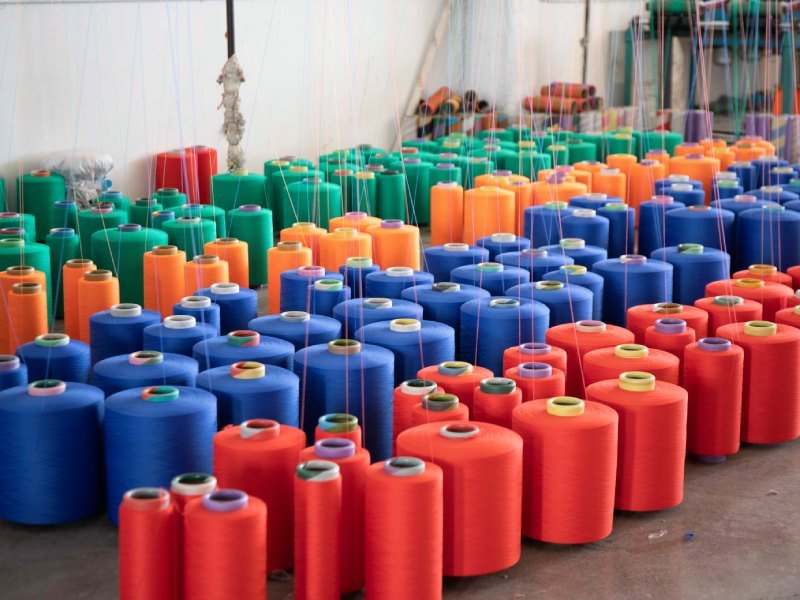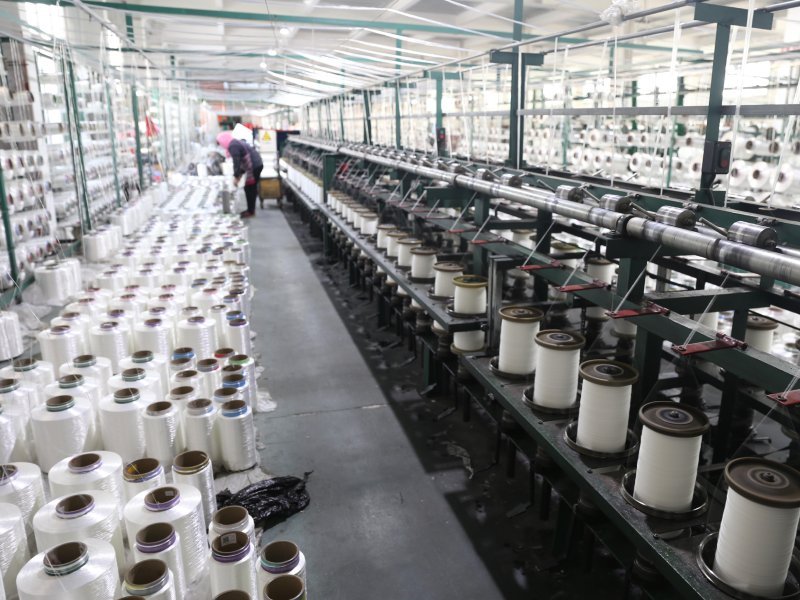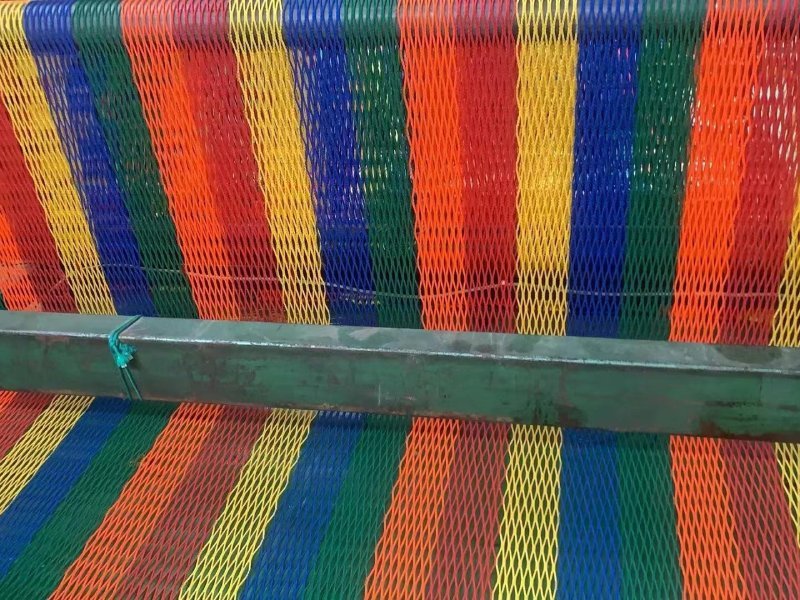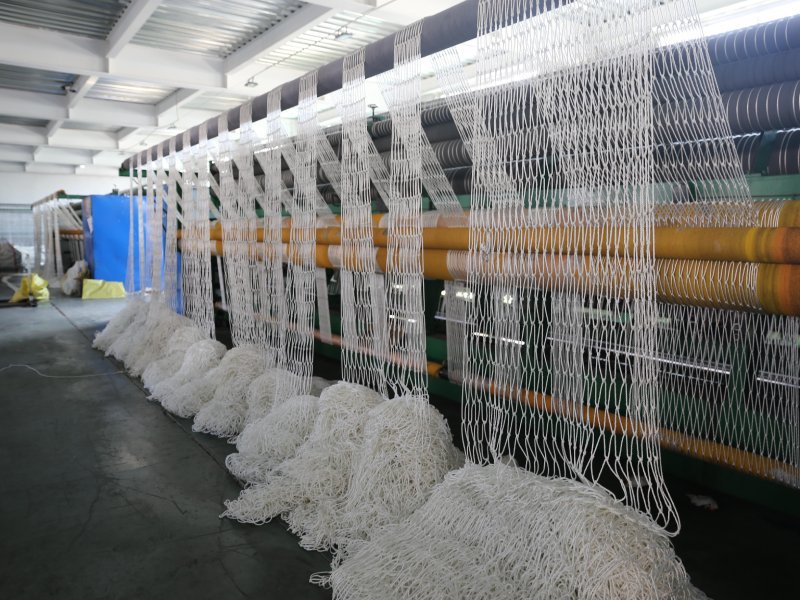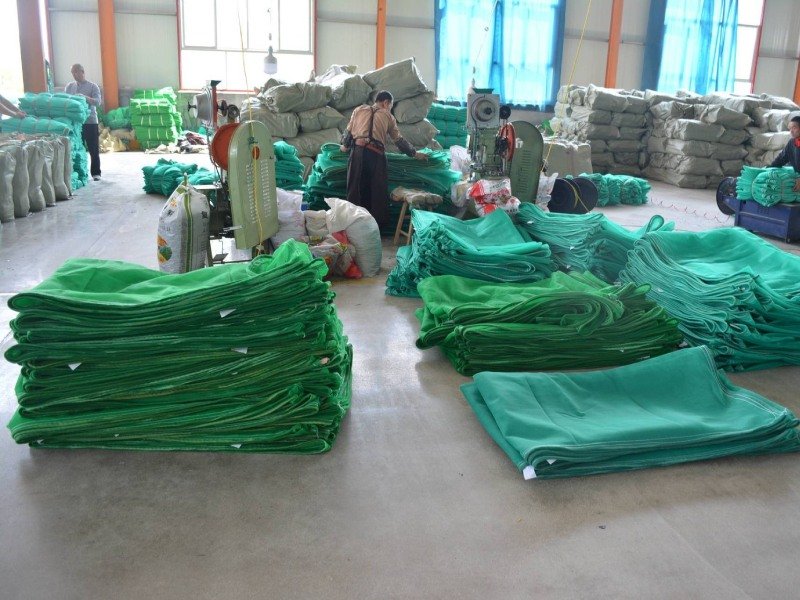Construction Safety Netting – Protect Your Site, Workers
Construction safety netting is a must-have for any job site—keeping workers safe, preventing debris falls, and meeting safety regulations. Our high-strength nets are used in high-rise buildings, bridges, stadiums, and industrial zones, ensuring fall protection, debris containment, and crowd control. With UV resistance and heavy-duty materials, they withstand harsh conditions, so your projects stay on track, safely.
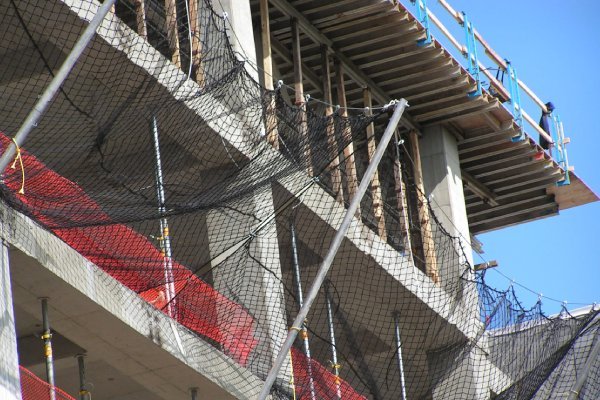
Construction Safety Netting Sub-Categories
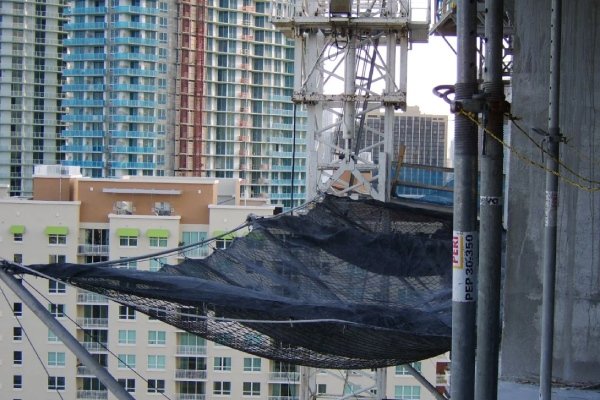
Construction Safety Netting
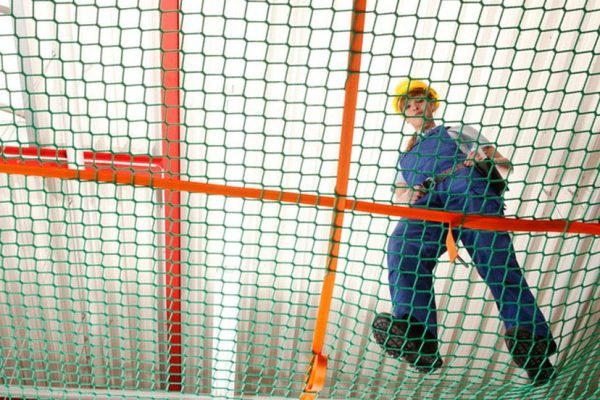
Fall Arrest Netting

Scaffold /Debris Safety Netting
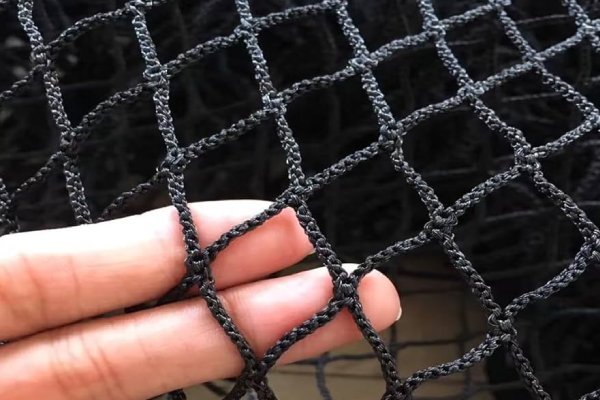
Heavy-Duty Protection That Won’t Fail Under Pressure
When safety is non-negotiable, our knotted polyethylene nets with reinforced borders ensure superior tensile strength (up to 100kN/sq.m). Unlike flimsy alternatives, they resist tearing, UV degradation, and extreme weather, meaning fewer replacements and lower long-term costs. Tested per EN 1263-1 standards, they’re trusted by contractors worldwide for high-risk projects where failure isn’t an option.
Customizable for Your Exact Site Requirements
One size doesn’t fit all in construction. That’s why we offer OEM/ODM customization—choose colors (like safety orange or green), add your logo, or adjust mesh density (10mm to 100mm). Need fire-retardant or anti-corrosion coatings? Done. Fast prototyping means you get nets tailored to your specs without slowing down your timeline.
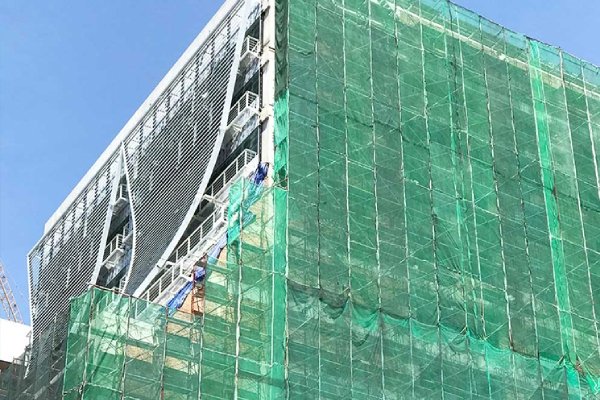
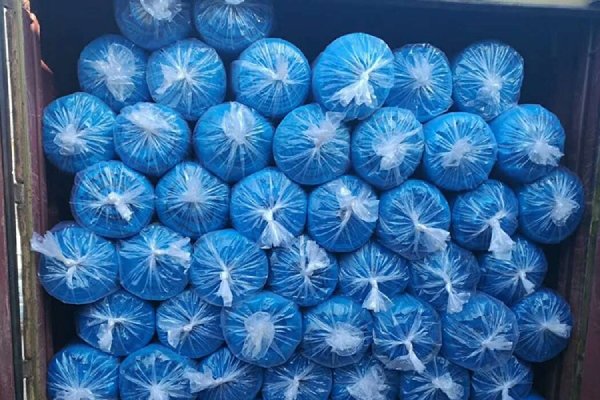
Faster Delivery = Fewer Project Delays
Waiting weeks for safety nets can cripple schedules. With 5,000㎡ of stocked inventory and partnerships with DHL/FedEx, we ship 80% of orders within 48 hours, even for small batches. 15-20-day delivery to the US/EU avoids costly downtime. Plus, real-time production tracking lets you plan with confidence.
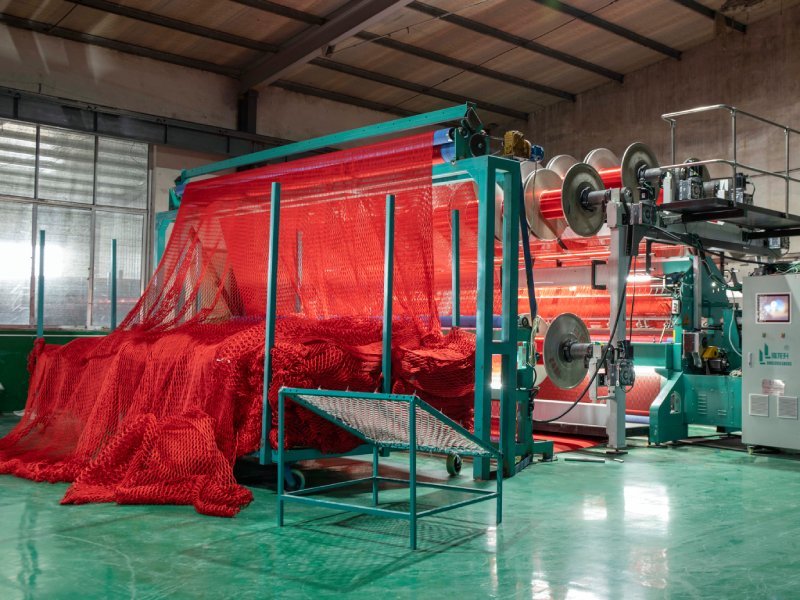
Looking for high-performance divider netting and safety netting solutions that combine durability, safety, and customization? Wenneting is your trusted partner! With 25+ years of expertise in manufacturing premium sports barrier nets, batting cages, and industrial safety nets, we help gyms, warehouses, children’s playgrounds, and sports facilities enhance safety, optimize space, and reduce costs.
- Tailored Solutions: Customize nets by size, color, material, and branding (OEM/ODM) to fit your exact needs.
- Unmatched Quality: High-strength polyester/polypropylene nets, rigorously tested for UV resistance, tensile strength
- End-to-End Support: From free samples to logistics, we streamline global procurement for traders and end-users alike.
THE ULTIMATE GUIDE
Everything Your Need to Know About Custom Construction Safety Netting
Construction sites are busy and risky places. Workers handle heavy tools, climb tall structures, and deal with loose materials, all of which can lead to accidents. Falling objects, worker falls, and flying debris are some of the biggest dangers. Safety netting is a simple yet powerful tool to keep everyone safe. This guide explains what construction safety netting is, the different types, how it’s used, custom options, and how to install it correctly. Written in clear, easy-to-understand language, this 2,500-word guide will help you make your construction site safer.
What is Construction Safety Netting?
Safety netting is a strong, flexible barrier used on construction sites to catch falling objects, protect workers from falls, and keep debris from harming people or property below. It’s made from tough materials like nylon, polyester, or high-density polyethylene (HDPE). These materials are designed to handle rough weather, heavy loads, and constant use. Safety netting is placed around buildings, scaffolding, or high work areas to create a protective shield. It’s a must-have tool to meet safety rules and keep construction sites secure.
Safety netting isn’t just about catching things—it also gives workers peace of mind, letting them focus on their tasks without worrying about falling or dropping tools. It’s widely used in all kinds of construction projects, from small home renovations to massive skyscrapers. By understanding how safety netting works, you can choose the right type for your project and make sure it’s installed properly.
Why Safety Netting Matters
Construction is one of the most dangerous industries. According to safety reports, falls are the leading cause of injuries and deaths on construction sites. Falling objects also cause serious harm, injuring workers and passersby or damaging property. Safety netting helps prevent these accidents by:
- Catching workers who fall from heights.
- Stopping tools, bricks, or debris from hitting people below.
- Keeping construction sites cleaner by containing loose materials.
- Protecting nearby roads, sidewalks, and buildings from damage.
Using safety netting shows a commitment to safety and helps meet regulations set by groups like the Occupational Safety and Health Administration (OSHA). It also reduces the risk of costly accidents, delays, or lawsuits.
Types of Construction Safety Netting
There are several types of safety netting, each designed for specific jobs on a construction site. Knowing the differences helps you pick the right netting for your needs. Here are the main types:
1. Debris Netting
Debris netting is used to catch falling materials like tools, nails, or small bits of concrete. It’s made from lightweight but strong materials, usually HDPE or knitted mesh. The mesh has small holes to trap tiny pieces while letting air flow through to reduce wind pressure. Debris netting is tough enough to withstand sun, rain, and wind, making it great for outdoor projects.
Uses:
- Wrapping around the edges of a construction site to keep debris contained.
- Covering scaffolding to catch loose materials.
- Protecting sidewalks or roads near the site from falling objects.
2. Worker Safety Netting
Worker safety netting is built to save workers who fall from high places, like rooftops or scaffolding. Made from strong materials like nylon or polyester, this netting is tested to handle the weight and impact of a falling person. It meets strict safety standards from OSHA or the American National Standards Institute (ANSI). The netting absorbs the force of a fall, reducing the chance of serious injury.
Uses:
- Protecting workers on tall platforms, roofs, or beams.
- Building or repairing bridges.
- Working on high-rise buildings or towers.
3. Vertical Safety Netting
Vertical safety netting is set up upright along the edges of buildings, scaffolding, or other structures. It acts like a wall to stop workers or objects from falling off. This netting is often used with other safety tools, like guardrails or harnesses, to create a strong safety system.
Uses:
- Edge protection on multi-story buildings.
- Facade work, like installing windows or cladding on tall structures.
- Keeping demolition sites safe by containing falling debris.
4. Horizontal Safety Netting
Horizontal safety netting is stretched out flat below work areas to catch workers or objects that fall. It’s commonly used in projects where workers are high up, like during steel construction or roofing. The netting is tied to strong points, like beams or columns, to spread out the weight of a fall evenly.
Uses:
- Steel structure projects, like building skyscrapers or warehouses.
- Roofing work on homes or commercial buildings.
- Large industrial sites with high work areas.
5. Scaffold Netting
Scaffold netting is designed to wrap around scaffolding, keeping debris inside and protecting workers. It’s lightweight so it doesn’t add too much weight to the scaffolding, but it’s still strong enough to handle tough conditions. This netting also helps control dust, which is important in city areas.
Uses:
- Scaffolding on homes, offices, or stores.
- Renovation projects in tight spaces.
- Reducing dust and debris in urban construction zones.
How Safety Netting is Used
Safety netting has many uses in construction, making it a versatile tool for all kinds of projects. Here are some common ways it’s used:
1. High-Rise Construction
Tall buildings, like skyscrapers or apartment complexes, need strong safety measures. Vertical netting stops objects from falling to the street, while horizontal netting catches workers who slip. This keeps everyone safe and protects the public below.
2. Bridge Construction and Repairs
Bridges are high and exposed to wind and weather, making them risky to work on. Safety netting protects workers from falling into water or onto roads below. Debris netting also stops tools or materials from falling, which could cause accidents or damage.
3. Demolition Projects
Demolition creates a lot of loose debris, like broken concrete or metal. Vertical netting surrounds the site to keep debris contained, while debris netting catches smaller pieces that might fall. This protects workers and nearby areas.
4. Home and Building Renovations
Renovating old buildings often involves working at heights or removing materials. Safety netting protects workers and people walking nearby, especially in busy city areas where construction is close to sidewalks or roads.
5. Industrial Projects
Big industrial sites, like factories or power plants, use heavy equipment and materials. Safety netting catches debris and protects workers at height, making these large projects safer.
6. Temporary Safety Barriers
Sometimes, construction sites need temporary barriers for short-term work, like painting or window installation. Safety netting is quick to set up and take down, making it ideal for these jobs.
Custom Options for Safety Netting
Every construction site is different, so safety netting can be customized to fit your needs. Here are some ways to tailor netting for your project:
1. Material Choices
You can choose from different materials based on the job:
- Nylon: Very strong and stretchy, perfect for catching workers.
- Polyester: Tough and resists sun damage, good for long-term use.
- HDPE: Lightweight and weather-resistant, ideal for debris netting.
2. Mesh Size
The size of the holes in the netting can vary. Small holes catch tiny debris, like dust or nails. Larger holes are better for catching bigger objects or protecting workers.
3. Color Options
Netting comes in bright colors like orange, green, or yellow to make it easy to see. Bright colors help workers and pedestrians notice the netting, reducing accidents. Some netting has reflective strips for use in low light, like at night or in fog.
4. Custom Sizes
Netting can be cut to fit any area, from a small scaffold to the entire side of a building. Custom sizes ensure the netting covers exactly what you need without gaps.
5. Fire-Resistant Coatings
In places where fires are a risk, like sites with welding or flammable materials, netting can be coated to resist fire. This helps prevent fires from spreading.
6. Attachment Systems
Netting can come with hooks, cables, clips, or other tools to make it easy to attach to buildings, scaffolding, or other structures. Custom attachments ensure a secure fit.
7. UV Protection
For outdoor projects, netting can be treated to resist damage from the sun’s UV rays. This makes it last longer, saving money on replacements.
How to Install Safety Netting
Installing safety netting the right way is key to making it work. Follow these steps to set it up safely:
Step 1: Check the Site
Walk through the construction site to find dangers, like high work areas or places where debris could fall. Decide what type of netting you need (debris, worker, vertical, or horizontal) and where it should go.
Step 2: Choose the Right Netting
Pick netting that fits your project and meets safety rules, like those from OSHA. Make sure the material, strength, and mesh size are right for the job.
Step 3: Gather Tools and Equipment
You’ll need:
- Safety netting that matches your project’s needs.
- Anchors like cables, ropes, or clips to hold the netting.
- Safety gear for installers, like harnesses, helmets, and gloves.
- Scaffolding, ladders, or lifts to reach high areas.
- Measuring tools to check sizes and ensure a good fit.
Step 4: Clear the Area
Remove debris from the installation area. Check that structures like beams, columns, or scaffolding are strong enough to hold the netting and any weight it might catch.
Step 5: Set Up Anchors
Attach anchors to the building or scaffolding. For vertical netting, place anchors along the edges. For horizontal netting, spread anchors evenly to support the weight of a fall.
Step 6: Hang the Netting
Attach the netting to the anchors using hooks, cables, or clips. Pull it tight but not too tight, as overstretching can weaken it. For worker safety netting, follow the manufacturer’s rules for weight limits and stretch.
Step 7: Inspect the Netting
Check the netting carefully to make sure it’s secure and has no tears, holes, or weak spots. Confirm it covers the whole area and meets safety standards.
Step 8: Maintain the Netting
Inspect the netting regularly for damage, like tears from debris or wear from the sun. Fix or replace damaged netting right away. Check anchors to ensure they stay tight.
Step 9: Train Workers
Teach workers how the netting works and what it can’t do. Remind them to use other safety gear, like harnesses or lanyards, when working at heights. Make sure they know netting is part of a bigger safety plan, not the only protection.
Tips for Using Safety Netting Effectively
To get the best results from safety netting, follow these tips:
- Follow Safety Rules: Make sure the netting meets OSHA or local safety standards to avoid fines or accidents.
- Buy Quality Netting: Choose netting from trusted suppliers to ensure it’s strong and reliable.
- Check Regularly: Look at the netting often to catch problems early, like tears or loose anchors.
- Use Other Safety Tools: Combine netting with guardrails, harnesses, or warning signs for better protection.
- Work with Experts: Talk to safety experts or netting suppliers to pick the best system for your site.
- Plan for Weather: Choose netting that can handle rain, wind, or sun, especially for outdoor projects.
- Label Netting: Use bright colors or signs to make sure workers and pedestrians see the netting.
Common Mistakes to Avoid
Using safety netting incorrectly can reduce its effectiveness. Avoid these mistakes:
- Using the Wrong Netting: Make sure the netting matches the job (e.g., don’t use debris netting for worker falls).
- Poor Installation: Loose or overstretched netting won’t work properly. Follow installation steps carefully.
- Skipping Inspections: Regular checks are crucial to find damage before it causes problems.
- Ignoring Training: Workers need to know how to use netting and other safety gear correctly.
- Cutting Corners: Don’t use cheap or low-quality netting to save money—it could fail when you need it most.
Regulations and Standards
Safety netting must follow rules set by groups like OSHA or ANSI. These rules cover things like:
- How much weight the netting can hold.
- How far it can stretch when catching a worker or object.
- How it should be installed and tested.
- How often it needs to be checked.
Before buying or installing netting, check local safety laws to make sure you’re following them. Some areas may have extra rules, especially for high-risk projects like skyscrapers or bridges.
Benefits of Safety Netting
Using safety netting offers many benefits:
- Saves Lives: Catches workers who fall, preventing serious injuries or deaths.
- Protects Property: Stops debris from damaging buildings, cars, or equipment below.
- Keeps Sites Clean: Contains dust and debris, especially in city areas.
- Meets Legal Requirements: Helps you follow safety laws and avoid penalties.
- Boosts Worker Confidence: Workers feel safer knowing netting is there, which can improve productivity.
- Saves Money: Prevents accidents that could lead to delays, lawsuits, or repairs.
Choosing a Safety Netting Supplier
When picking a supplier for safety netting, look for:
- Quality Products: Choose a company with a good reputation for strong, reliable netting.
- Custom Options: Make sure they offer netting tailored to your project’s needs.
- Clear Instructions: Suppliers should provide guidance on installation and maintenance.
- Safety Certifications: Check that the netting meets OSHA or ANSI standards.
- Good Support: Pick a supplier that offers help with choosing and installing netting.
Conclusion
Construction safety netting is a simple but essential tool for making construction sites safer. It protects workers, pedestrians, and property by catching falling objects and preventing falls. By understanding the types of netting—debris, worker, vertical, horizontal, and scaffold—you can choose the right one for your project. Custom options like materials, mesh size, and colors let you tailor the netting to your needs. Proper installation, regular checks, and worker training ensure the netting works well. By using safety netting and following safety rules, you can create a safer work environment, reduce accidents, and keep your project on track.
Get Instant Quote
Frequently Asked Questions
We supply debris netting, fall arrest netting, scaffold netting, and shade netting, all made from UV-stabilized HDPE or nylon with customizable mesh sizes (10mm–100mm). Each type is engineered for specific hazards, like falling tools or worker falls.
Yes! Our nets meet EN 1263-1, OSHA 1926.502, and CE standards. Every batch is third-party tested (SGS/TUV) for tensile strength, impact resistance, and flame retardancy (upon request).
We use high-density polyethylene (HDPE) with UV inhibitors and optional anti-corrosion coatings for coastal sites. Independent tests confirm 5+ years of outdoor use without significant degradation.
Absolutely. We offer OEM/ODM services:
Custom sizes/shapes (e.g., trapezoidal nets for bridges).
Color matching (safety orange, green, etc.).
Logo printing/weaving (no MOQ for branding).
Special coatings (fireproof, anti-static, etc.).
Our heavy-duty nets withstand up to 200 kN/sq.m (≈20,000 kg), with double-knotted joints and reinforced borders to prevent edge tearing.
Yes—we supply galvanized steel hooks, tension ropes, and carabiners. Ask for our free installation guide or onsite training (for large orders).
No MOQ—we serve small orders (100 sq.m) and bulk buyers equally. Small batches ship as fast as large ones.
Every batch undergoes:
In-house lab tests (tear strength, mesh uniformity).
Third-party certifications (SGS reports provided).
Pre-shipment inspections (you can audit our factory).
Get Free Sample
Our Past Custom Safety Netting Projects
Our construction safety netting has been trusted by contractors and developers across the globe for critical projects of all scales. From urban high-rises to large-scale infrastructure, our nets have provided reliable fall protection, debris containment, and safety compliance in diverse environments and challenging conditions More Projects

